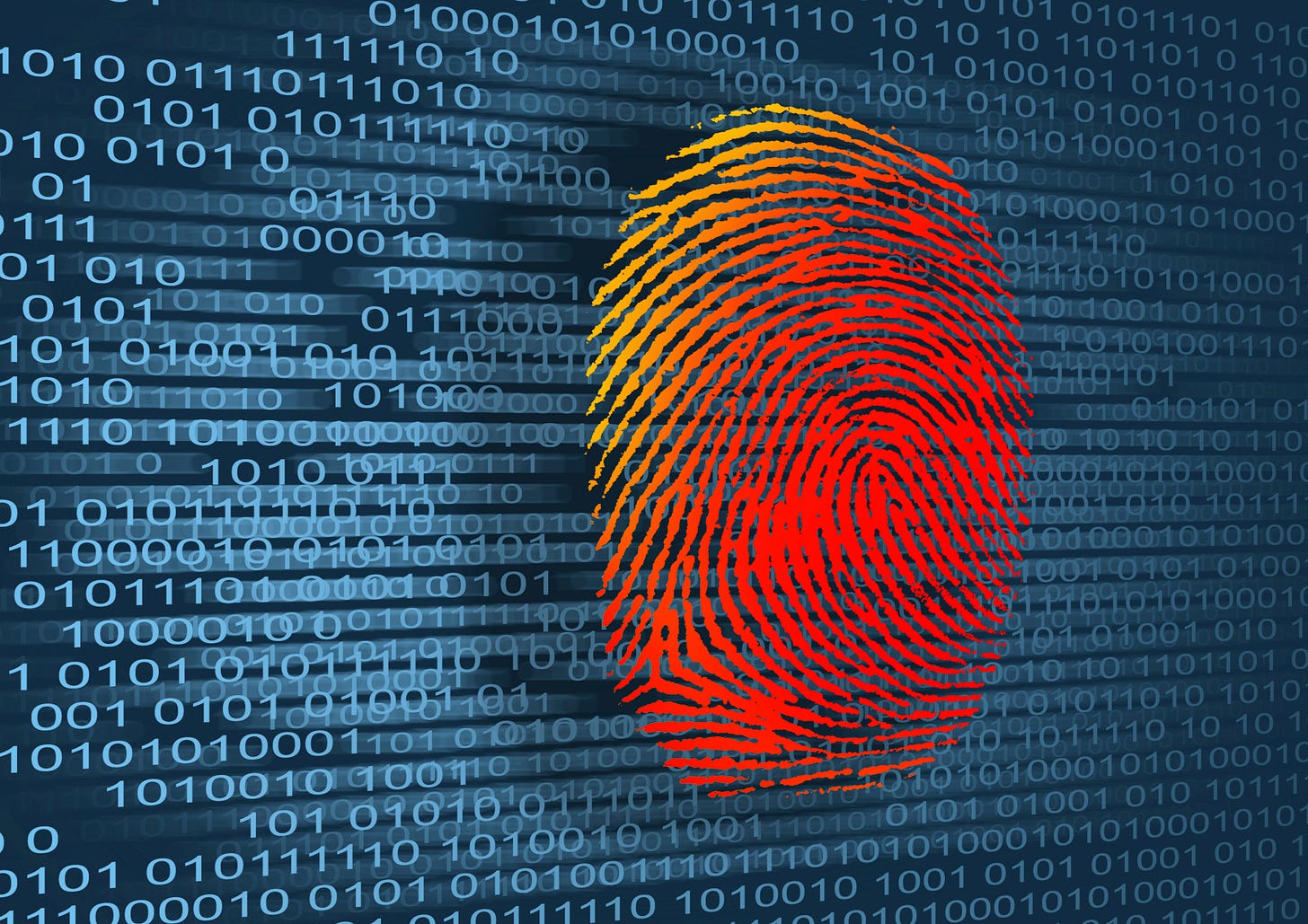Unique identification
How to generate unique identifiers in a distributed system.
Hi Friends,
Welcome to the 37th issue of the Polymathic Engineer newsletter. I apologize for skipping the last week. I went to my hometown to stay with my mother and sister and wanted to fully enjoy that moment without thinking of anything else.
This week will focus on a crucial topic for the backend of many distributed systems: how to generate unique ide…


